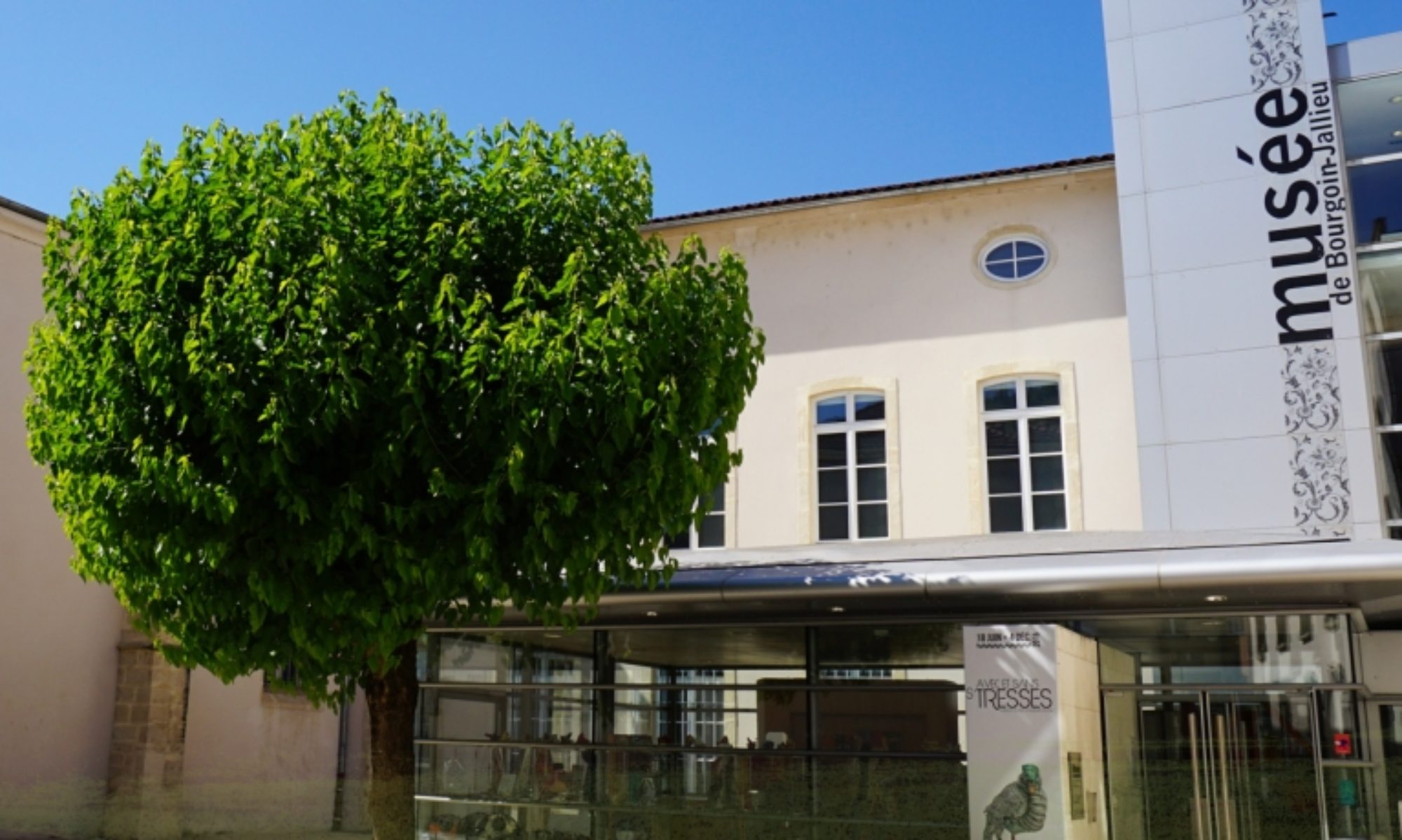The Brossin de Méré archive collection, consisting of 226 pieces, was purchased at auction from the Le Manach company on February 4th, 2011, with the support of the Regional Museum Acquisition Fund, directed by the DRAC and the Regional Council.
This purchase is a valuable addition to the museum’s textile printing collection. Andrée Brossin de Méré (1915-1987) was a brilliant textile designer who left her mark on the history of fashion and collaborated with the world’ s greatest couturiers. The pieces presented here reflect the distinctive style of this artist.
Andrée Brossin de Méré (1915-1987)
Andrée Brossin de Méré was born in Geneva on January 11th, 1915. As a child, she was immersed in an artistic atmosphere: her mother was a painter and took her to museums in Paris, Rome and Holland. She then studied painting and drawing at various art schools in Lausanne, Rome and Paris.
In 1946, she began to take an interest in textiles, and more specifically fabric printing, which allowed her to express her full palette of fantasy and imagination. By 1951, her name was appearing in the press, alongside those of the greatest couturiers of the time, for whom she developed special collections: Christian Dior, Coco Chanel, Christobal Balenciaga, Hubert de Givenchy, Madame Grès and Yves Saint-Laurent.
On February 15th, 1956, she founded her own company, Les Tisseurs B de M [B and M Weavers], based in Paris. The Zurich subsidiary was called Tissus Brossin de Méré. She continued to work for the world’s most prestigious names until the 1980s, including Yves Saint Laurent, Nina Ricci and Paco Rabanne.
She developed many themed collections, which she produced with energy and creativity. She found inspiration through her travels, as well as through her daily life and by collecting a wide variety of objects. In 1951, she created a series of muslin dresses for Christian Dior, inspired by a butterfly collection she had found at a flea market. Everything she saw, everything around her could serve as inspiration for her creations; nothing was off-limits. She therefore produced original and contemporary printed pieces with such decorations as orange slices, pastries, shrimp, tossed salads, and more. This artistic freedom flew in the face of the fashions of the time, which favored more conventional patterns of dots, flowers and bouquets.
Among her most striking collections are Jewels (1956), Gardens (1961), The Dancers (1963), Persian Motifs (1964), and Masks (1967).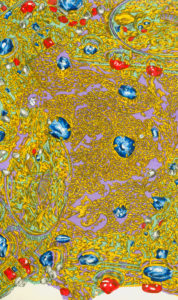
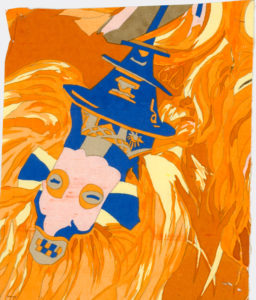
A selection of works
- Begonias fabric samples for Christian Dior
She created sketches for Dior’s spring-summer collection of 1952. She was commissioned to create floral motifs that emphasized the femininity of her models and their poetic nature, which resulted in the Jardin de Curé [Parish Garden] dress. The motif of this dress was originally called Begonias. It was produced in several different styles. In addition to Dior, it was added to Balenciaga’s designs in 1953.
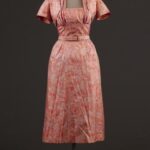
Jardin du Curé dress and camisole, Christian Dior, circa 1952 © Eric Emo/Galliera/Roger-Viollet
This dress features the Begonias pattern created by Brossin de Méré for Christian Dior.
-
Fruit-inspired preparatory sketches for Hubert de Givenchy
For Givenchy’s summer 1953 collection, Andrée Brossin de Méré created fresh and mouth-watering prints, including the strawberry and lemon featured here, as well as peas, chili peppers, and grapes, which at the time were described as “gimmicks” by the weekly magazine Elle. The strawberry design is believed to be the inspiration for the dress worn by Shauna Trabert, wife of Tony Trabert, at Wimbledon in 1954.
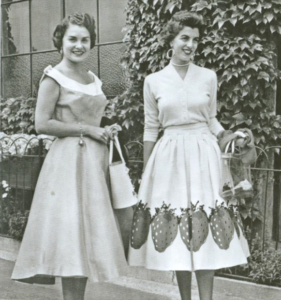
Photograph of two tennis players’ wives, Wimbledon, March 25, 1954
Shauna Trabert, wife of Tony Trabert (right), is recognizable by her strawberry-patterned dress.
-
Parade fabric sample for Yves Saint Laurent
This sample dates from 1979-1980. It was used to make the Picasso evening gown, the flagship piece of Yves Saint-Laurent’s fall-winter 1979-1980 collection Hommage to Serge de Diaghilev and his Collaboration with Picasso. It takes its inspiration from the costumes of the ballet Parade. The appliqué embroidery on the skirt is in fact an interpretation of the Chinese magician’s billowing costume.
Parade is a one-act ballet, commissioned by Serge de Diaghilev’s Russian Ballet, with music by Erik Satie, based on a poem by Jean Cocteau, with choreography by Léonide Massine and sets, costumes and stage curtain by Pablo Picasso.
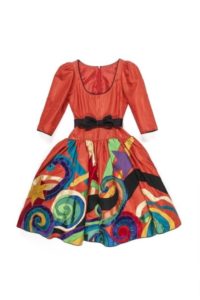
Picasso evening gown, Yves-Saint-Laurent, 1979-1980 © Decorative Arts, fashion and textile museum, Photo Jean Tholance
-
Preparatory sketch inspired by Klimt
This preparatory sketch is based on The Portrait of Adele Bloch-Bauer by Austrian painter Gustav Klimt (1862-1918). Klimt’s painting is an oil on canvas from 1907, embellished with gold and silver, featuring rich and elegant ornamentation typical of Jugendstill (the German word for Art Nouveau). Andrée Brossin de Méré was heavily inspired by the abstract figures in this painting, notably the profusion of oval motifs.
Our museum houses other sketches inspired by this painting, which were used by fashion designer James Galanos (1924-2016) to make the silk, lurex, and rhodoid dress displayed in the entrance hall of the permanent textile collection. Two dresses from James Galanos’s Fall/Winter 1969-1970 collection, made with the same brocade, are on display at the MET in New York.
